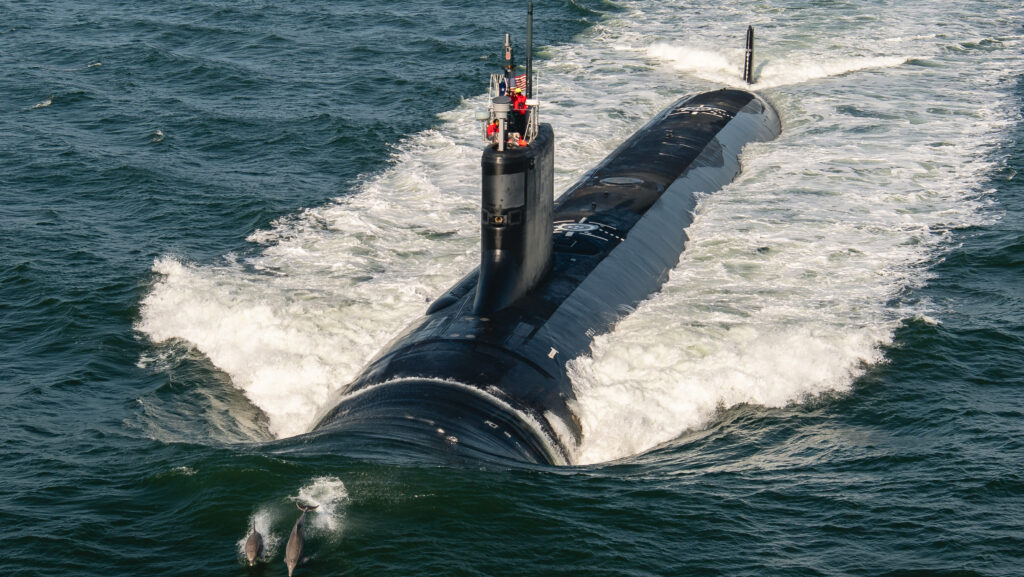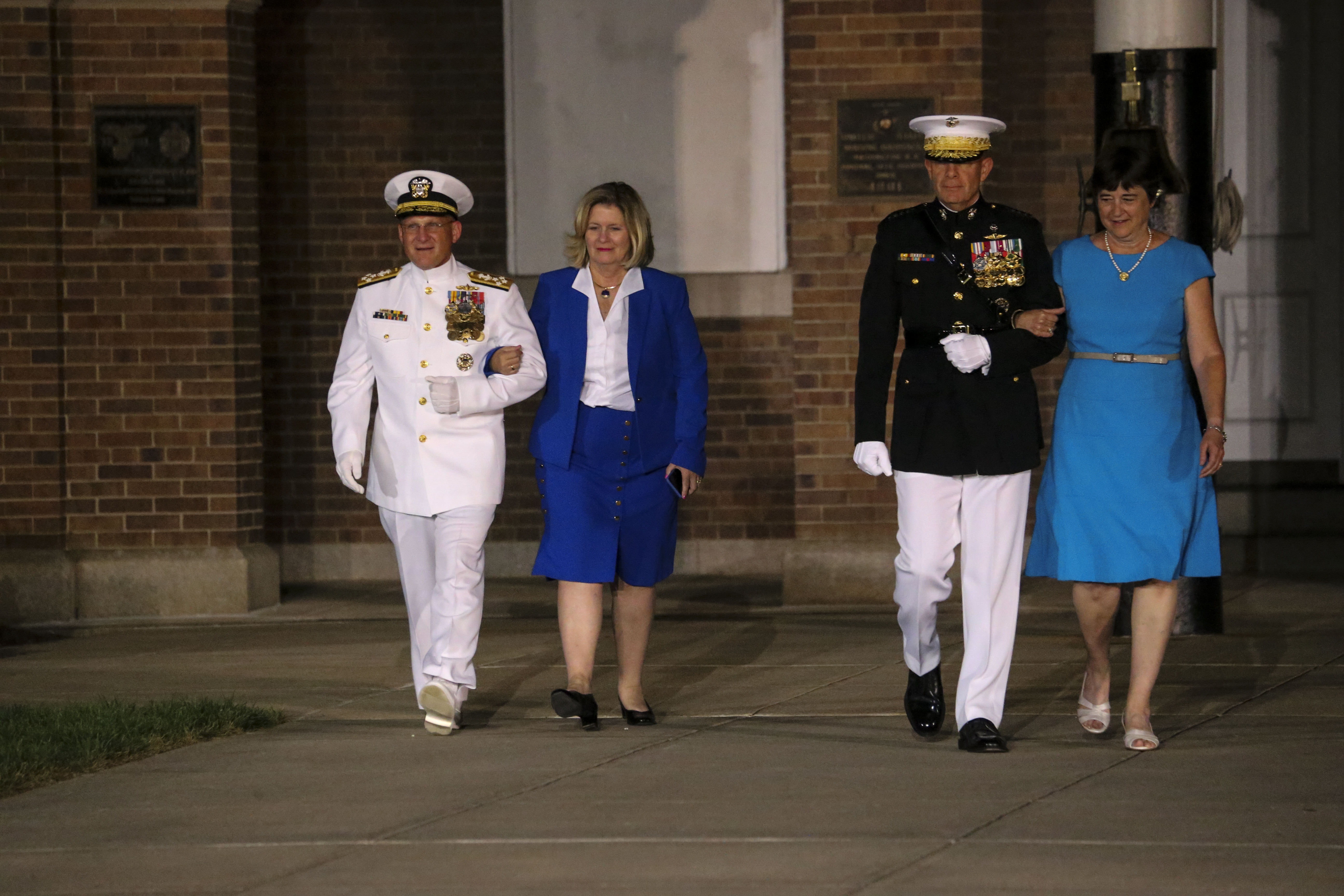
This post is part of a series of review stories looking back at the top naval news from 2019.
2019 brought an overhaul to uniformed and civilian leadership for the Navy and Marine Corps, and with it a refined vision for where the services should be heading.
Planned was the transition to a new chief of naval operations and a new commandant of the Marine Corps. Adm. John Richardson and Gen. Robert Neller would reach their four-year mark in the job in the summer of 2019 and were set to be replaced. Unplanned was the last-minute retirement request from the admiral confirmed to replace Richardson, and the subsequent selection of a three-star admiral to serve as the next CNO.
Also unplanned was the departure of James Mattis as defense secretary and a lengthy process to replace him with a permanent secretary, as well as the departure of Navy Secretary Richard V. Spencer.
Top Admiral and General

In March, then-Lt. Gen. David Berger was nominated to serve as the head of the Marine Corps. Berger had previously led Marine Corps forces in the Pacific and had a great deal of experience leading in that theater, which the National Defense Strategy calls the top priority to push back against China. Berger at the time was serving as the deputy commandant for combat development and integration and the head of the Marine Corps Combat Development Command, which looks at future strategies and the weapons and tactics that will be needed to win fights. The combination of expertise in China and in futures-planning made Berger a natural fit to lead the service for the next four years.
In April, then-Vice Chief of Naval Operations Adm. Bill Moran was nominated to serve as the next top admiral. As the second-in-command, he had served as the point-person to the public and to lawmakers for several crises and was well regarded as a leader.
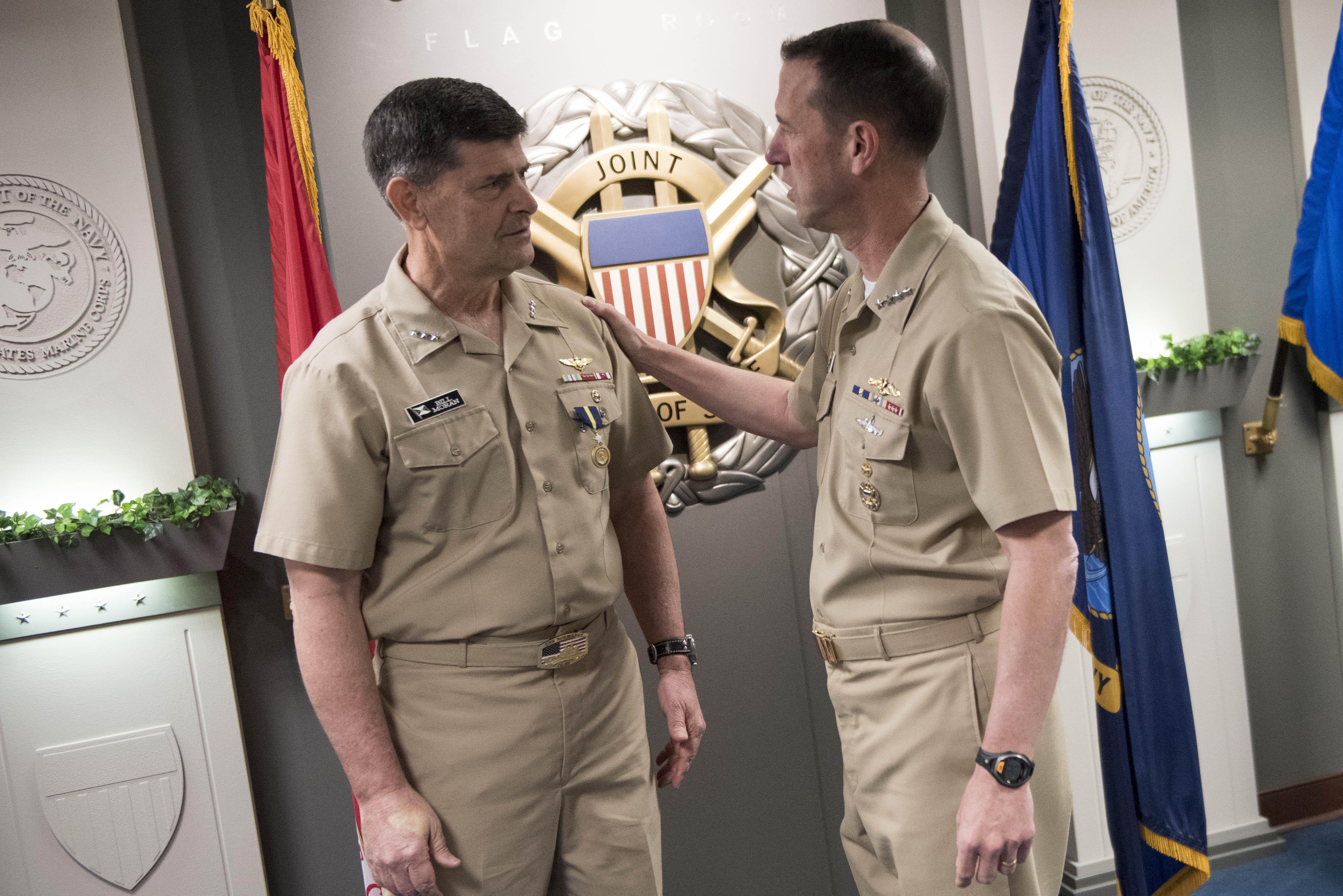
Moran was confirmed by the Senate in May, along with then-Chief of Naval Personnel Vice Adm. Robert Burke to serve as the next vice chief of naval operations. Berger’s nomination was briefly held up following an April 30 Senate Armed Services Committee confirmation hearing.
In July though, just weeks before the Navy’s planned change of command ceremony, Moran suddenly announced his resignation from the job and requested to retire from the Navy, after an investigation was launched into his continued professional relationship with a public affairs officer accused of harassing female junior officers.
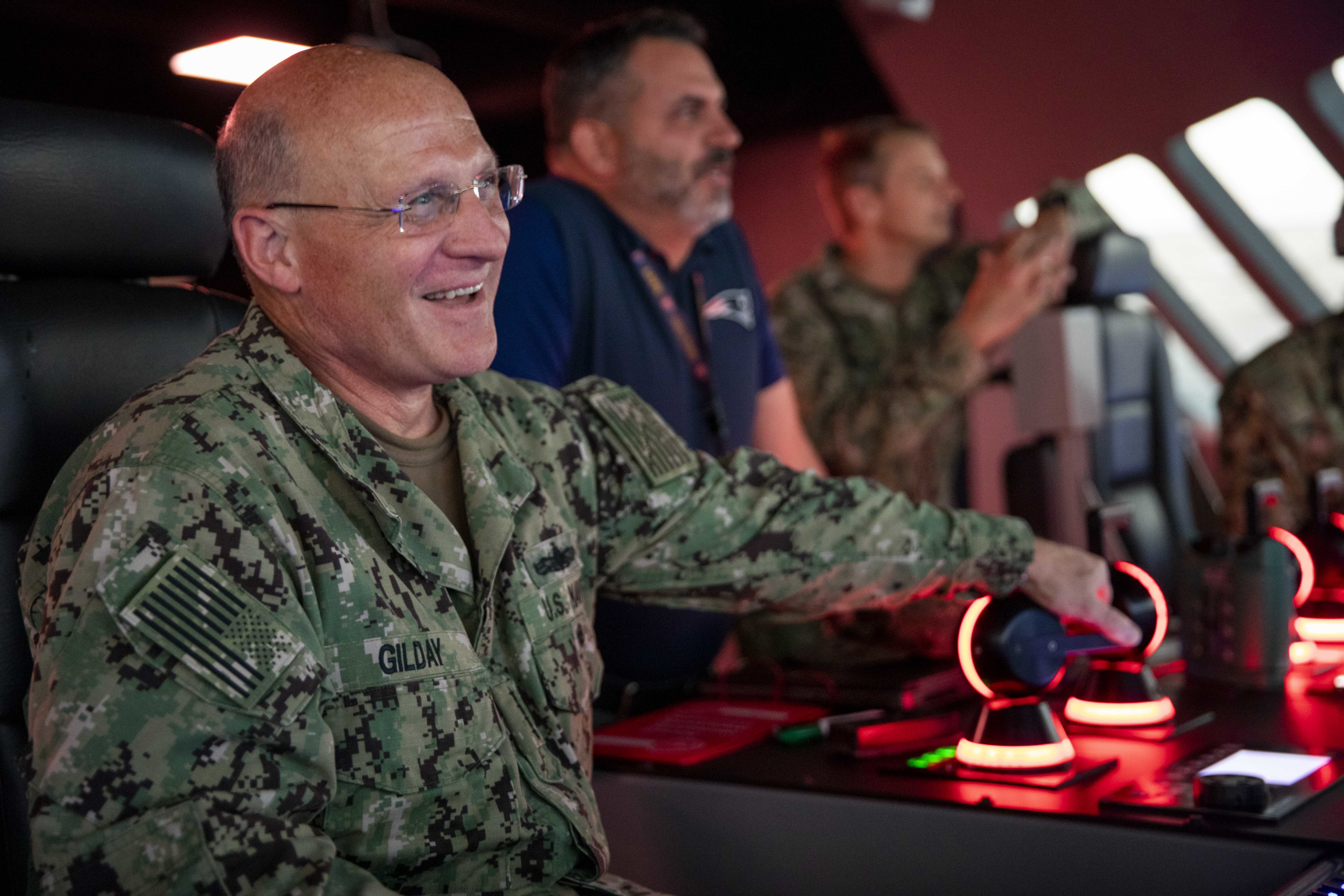
With Richardson time-limited in his job – CNOs cannot serve a day over four years unless the president requests an exemption in a time of war – the Navy ultimately skipped over the seven remaining four-star admirals and nominated then- Director of the Joint Staff Vice Adm. Mike Gilday to lead the service. The nomination was sent to the Senate July 17, and Gilday relieved Richardson in an Aug. 22 ceremony. After Richardson set the service on an fast-tracked path to incorporate new technologies “ASAP,” Gilday released his own guidance that included similar priorities but simplified Richardson’s ideas into a focus on warfighting, warfighters, and the future Navy.
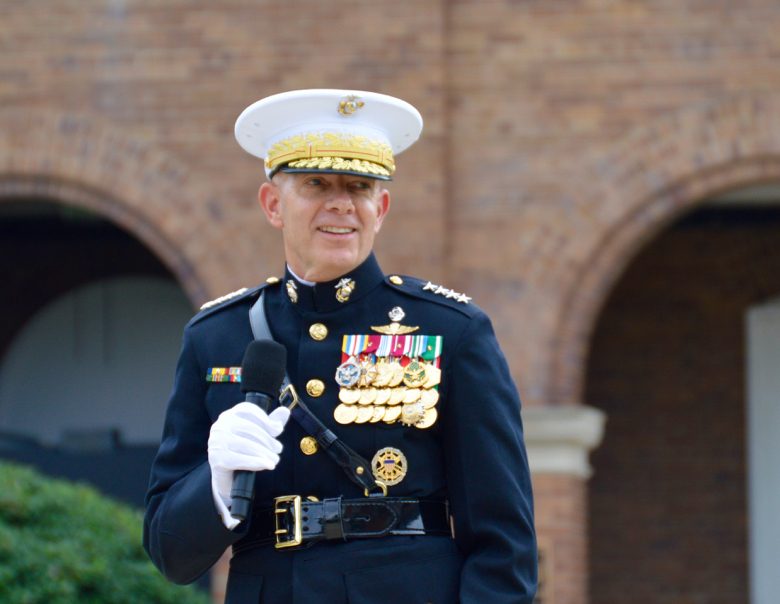
Amid the turmoil in Navy leadership, Berger took command of the Marine Corps on July 11 and began to plot a path forward for his service that is more focused on naval integration and using the sea as maneuver space than any time in recent memory. Within his first week in the job, Berger released a Commandant’s Planning Guidance that sought to aggressively modernize the force for a littoral-based high-end fight. With a jump-start on his Navy counterpart, Berger started wargaming out his concept by the fall, with the results meant to inform Marine budgets and an integrated naval force structure assessment due out early next year.
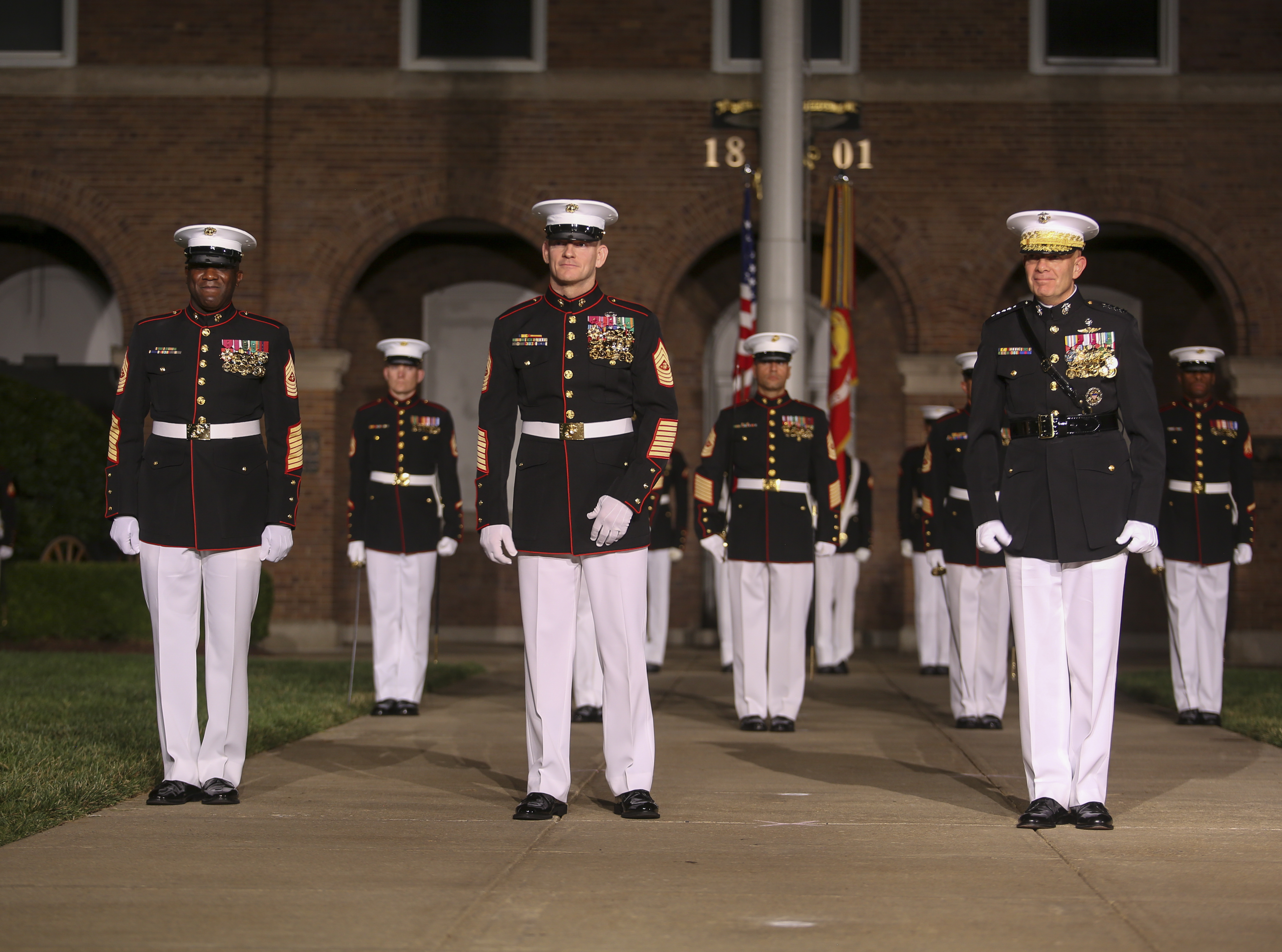
On the enlisted side, Sgt. Maj. Troy Black took over as the sergeant major of the Marine Corps. For the first time, a SEAL took over as one of four fleet master chiefs, with SEAL Force Master Chief Derrick Walters being selected to lead all enlisted sailors in U.S. Naval Forces Europe and U.S. Naval Forces Africa.
Navy Civilian Leadership

Most recently, Navy civilian leadership has been overhauled, with Secretary Spencer being removed from his position after a series of presidential tweets and contradicting Navy statements related to a politicized legal matter.
Trump had taken an interest in the case of SEAL Chief Edward Gallagher, who had been accused of murdering an ISIS fighter but was in July acquitted of all charges except posing for a photo next to a combatant’s corpse. After the court case, the Navy moved to reduce Gallagher in rank to Petty Officer First Class, and Trump overturned that demotion. The Navy then tried to move forward with a review panel that could have stripped Gallagher of his Naval Special Warfare designation, but with a military/civilian leadership clash brewing, Spencer made a behind-the-scenes deal with Trump to allow Gallagher to retire as a SEAL chief. Esper said his decision to remove Spencer was not because of the Gallagher matter but rather because Spencer’s private and public comments on the matter were not consistent.
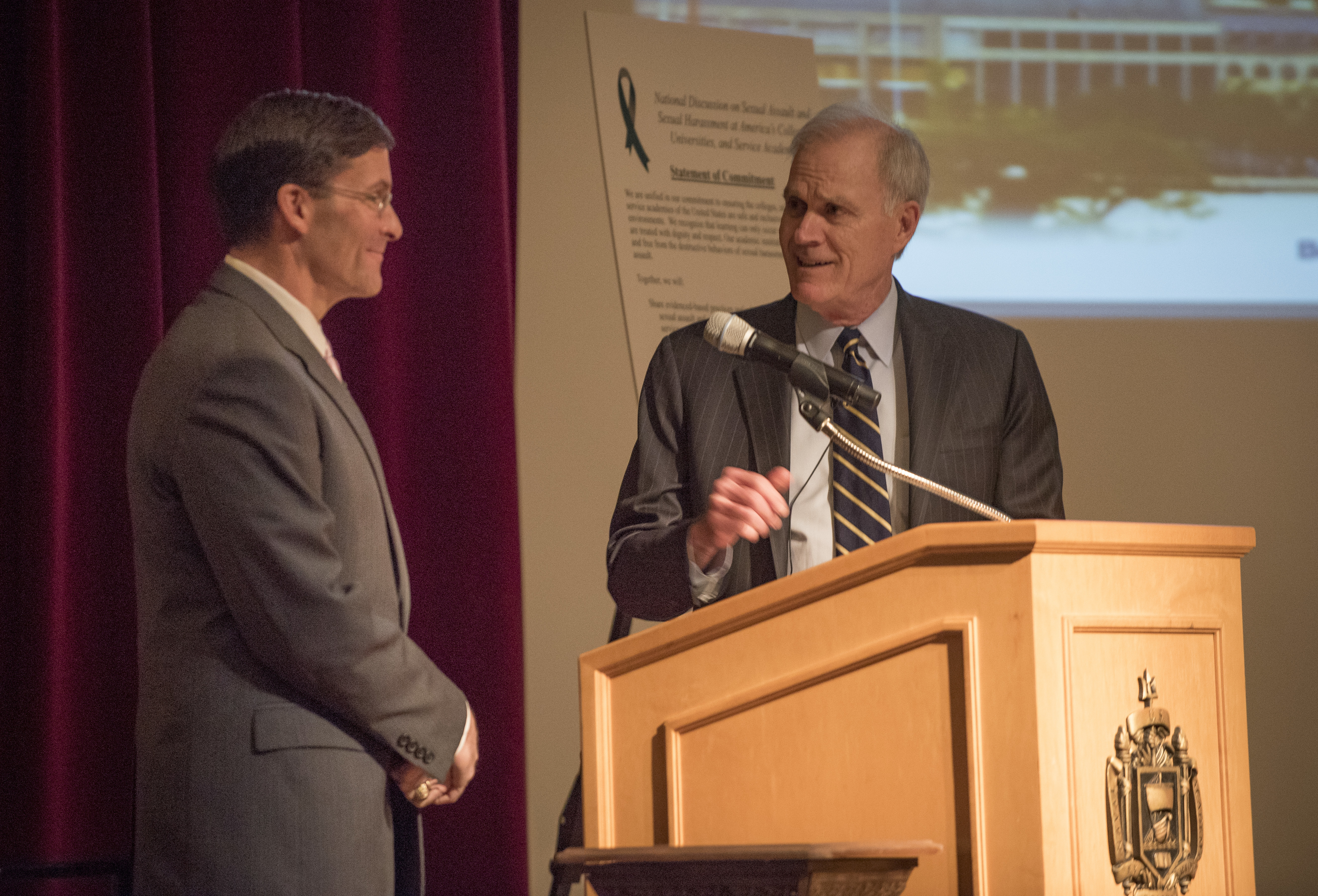
“I cannot reconcile the personal statements with the public statements with the written word,” Esper said. “And that’s why I lost trust and confidence.”
Thomas Modly, who had been serving as the undersecretary of the Navy, now serves as acting secretary. Retired Rear Adm. Kenneth Braithwaite, a 1984 U.S. Naval Academy graduate, was tapped to serve as the next secretary but has not gone through the congressional confirmation process yet.
Churn at OSD
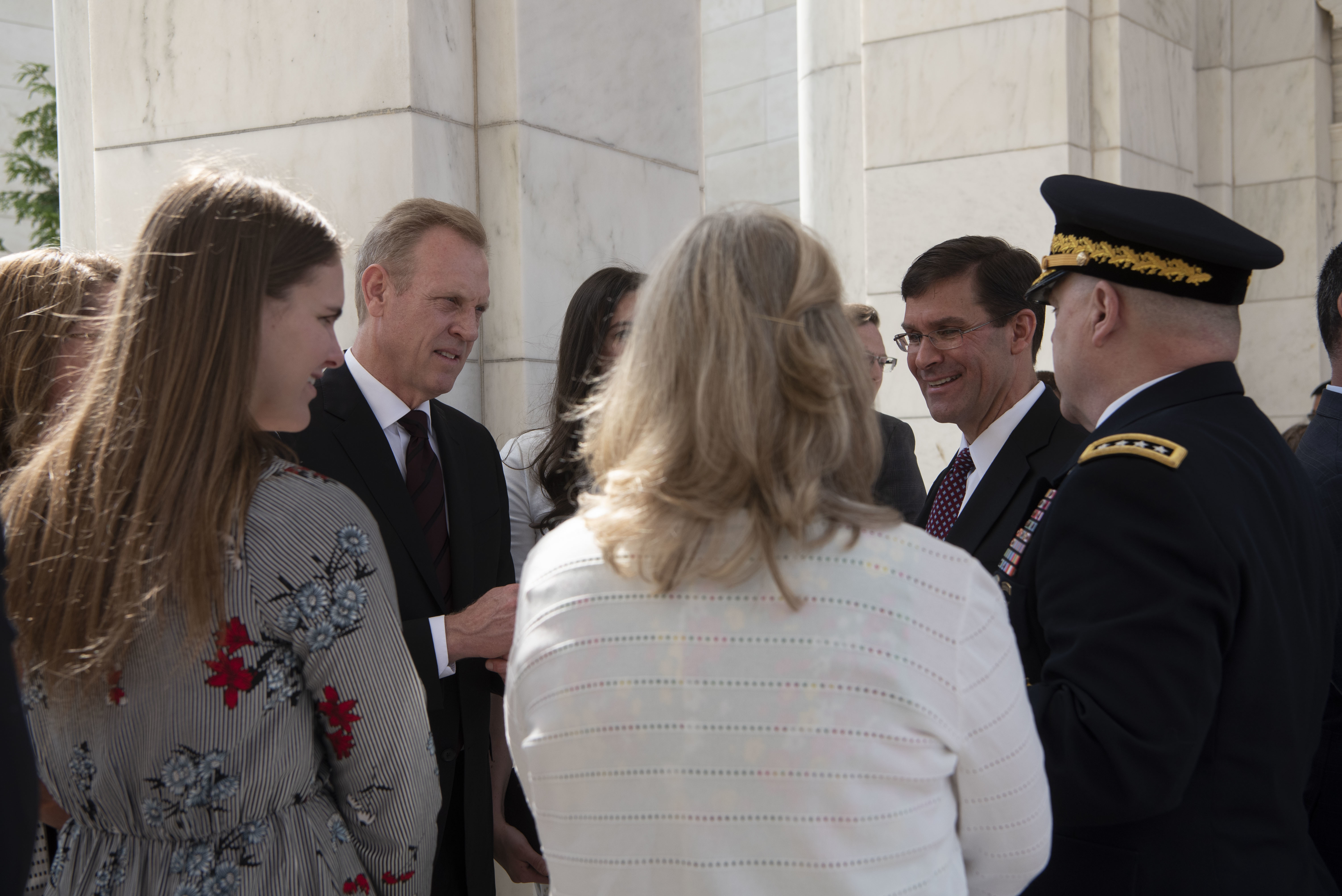
At the Pentagon level, Mattis announced in a Dec. 20, 2018, letter that he intended to resign at the end of February 2019. His letter suggested numerous policy differences between him and President Donald Trump, and the letter was drafted after Trump ordered a pullout of forces from Syria, which would leave Kurdish allies vulnerable and also allow Russia to influence the war raging in that region between Syrian government forces, fighters opposed to the Bashar al-Assad government, and ISIS.
“My views on treating allies with respect and also being clear-eyed about both malign actors and strategic competitors are strongly held and informed by over four decades of immersion in these issues. We must do everything possible to advance an international order that is most conducive to our security, prosperity and values, and we are strengthened in this effort by the solidarity of our alliances,” Mattis wrote.
“Because you have the right to have a Secretary of Defense whose views are better aligned with yours on these and other subjects, I believe it is right for me to step down from my position.”
Three days after Mattis’ announcement, Trump announced that Mattis would actually depart the Pentagon at the end of December, two months earlier than planned. The president named Deputy Secretary of Defense Patrick Shanahan as acting secretary, kicking off a six-month-long tenure for the former Boeing executive.
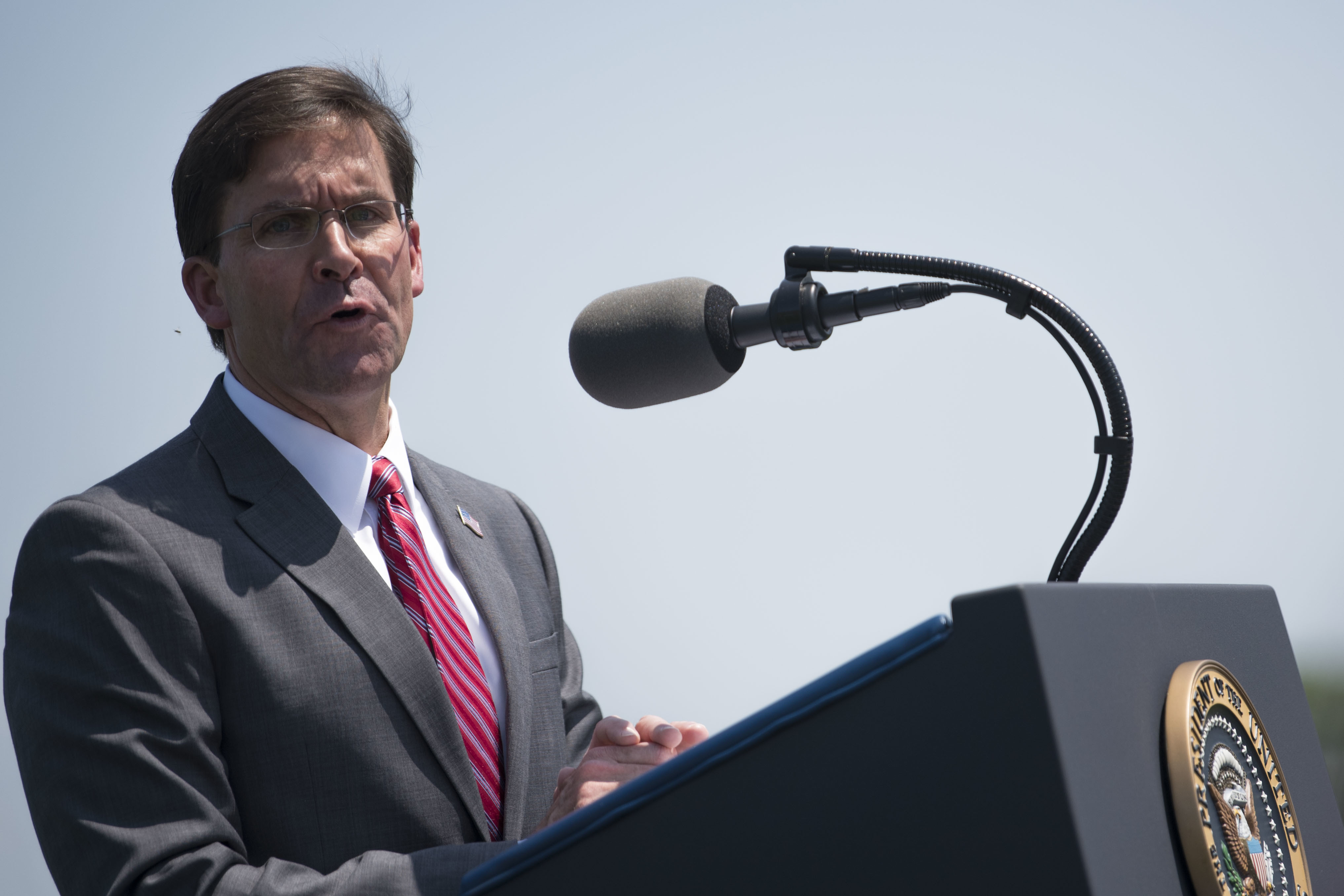
After almost five months, the White House announced in mid May that Shanahan would be formally nominated to serve as the defense secretary in a permanent capacity. However, five weeks later Trump withdrew him from consideration, as reports surfaced about a 2010 domestic violence incident involving Shanahan’s family. Trump said, in a series of tweets, that “Acting Secretary of Defense Patrick Shanahan, who has done a wonderful job, has decided not to go forward with his confirmation process so that he can devote more time to his family,” and that Army Secretary Mark Esper would be nominated for the top Pentagon job.
Esper took over almost immediately as acting secretary, stepped down as acting and was formally nominated for the permanent job in July, and was sworn in July 23.
Joint Staff
The joint force also got new leadership in 2019, with Chairman of the Joint Chiefs of Staff Marine Corps Gen. Joseph Dunford and Vice Chairman Air Force Gen. Paul Selva reaching the end of their four years in the job. Both were appointed to a two-year term by President Barack Obama in 2015 and then appointed to a second two-year term by President Trump in 2017.
Army Gen. Mark Milley, who had served as the Army’s top officer, took over as chairman this summer, with Air Force Gen. John Hyten becoming the next vice chairman.


